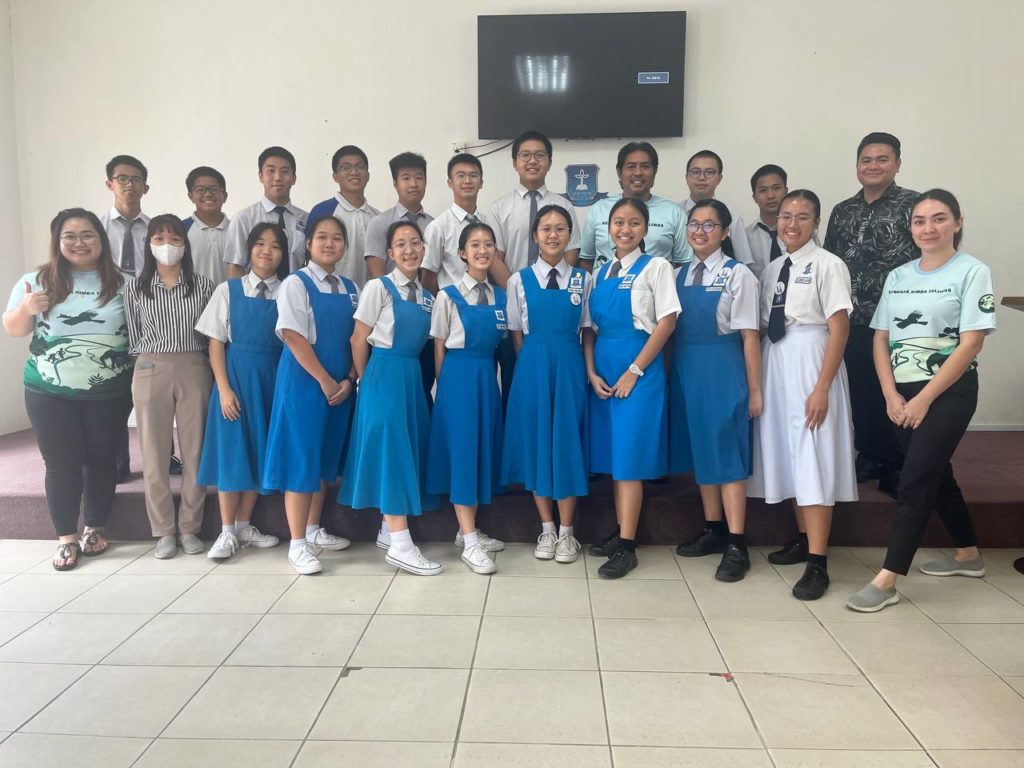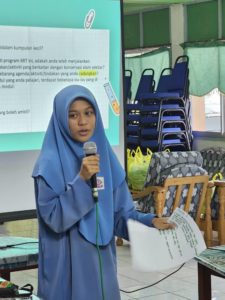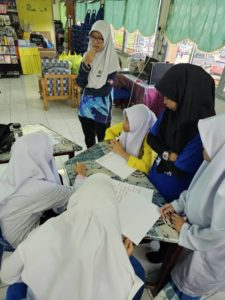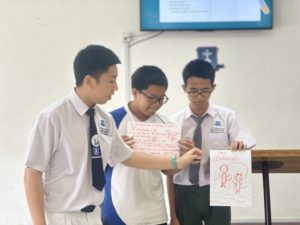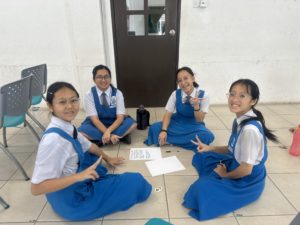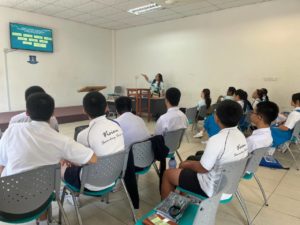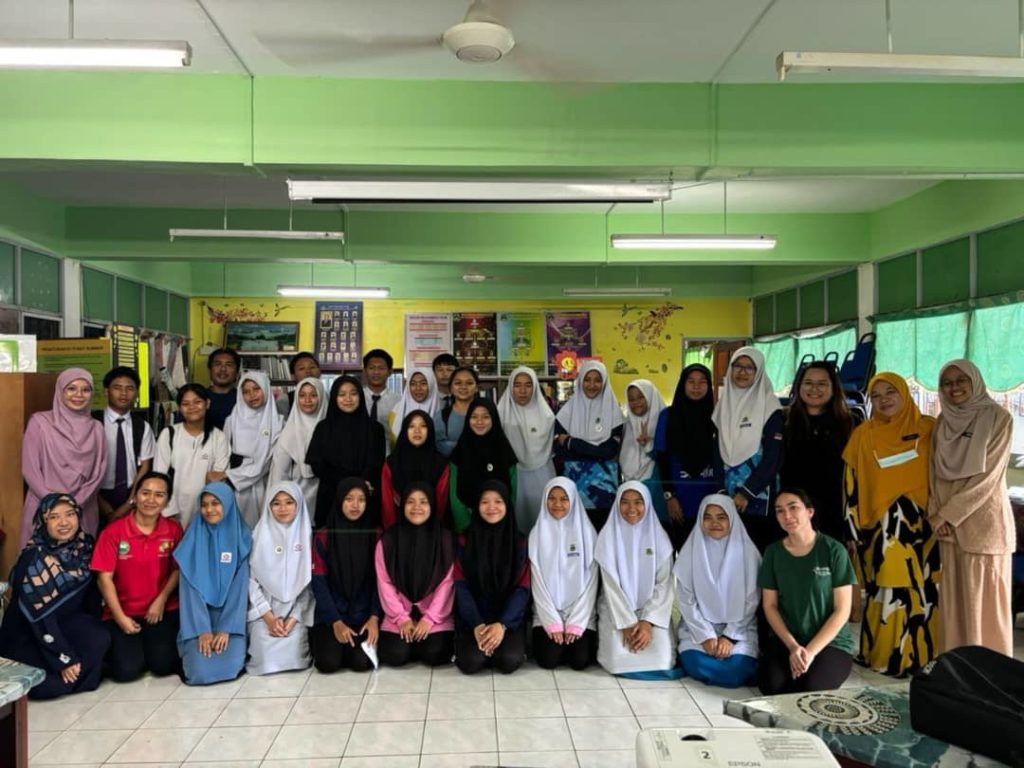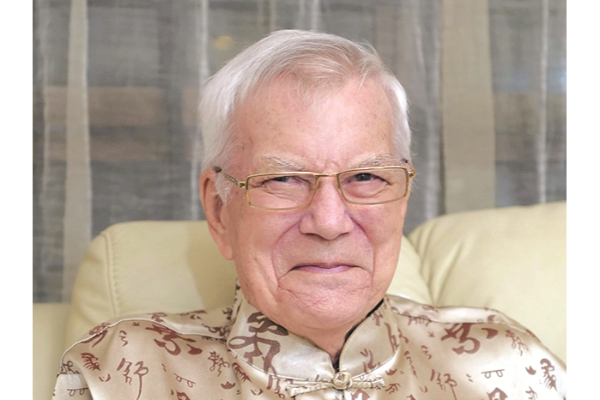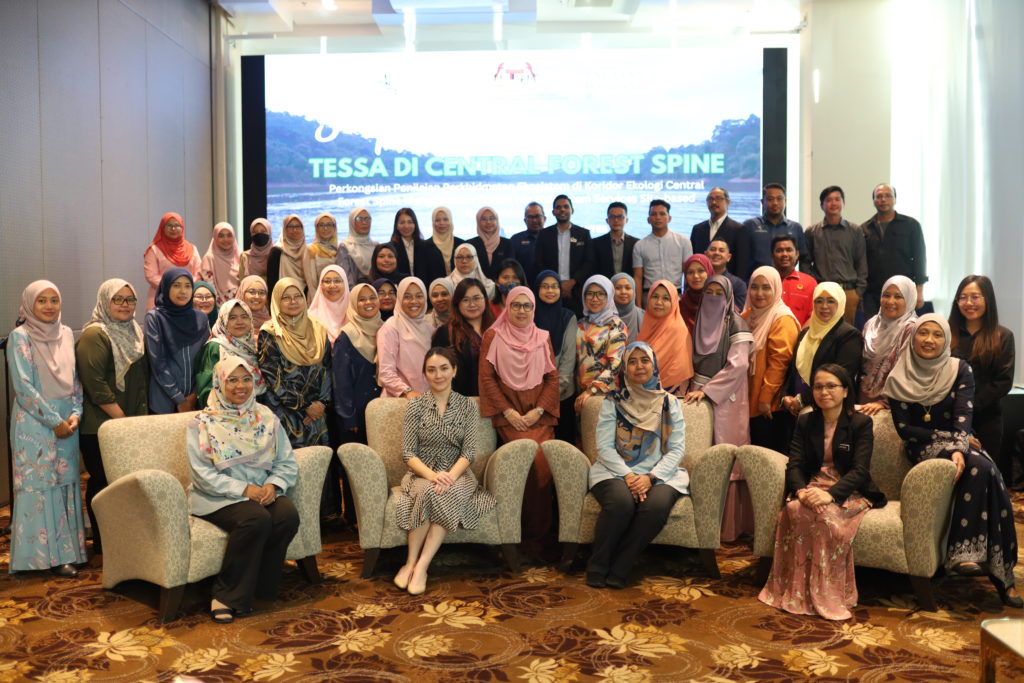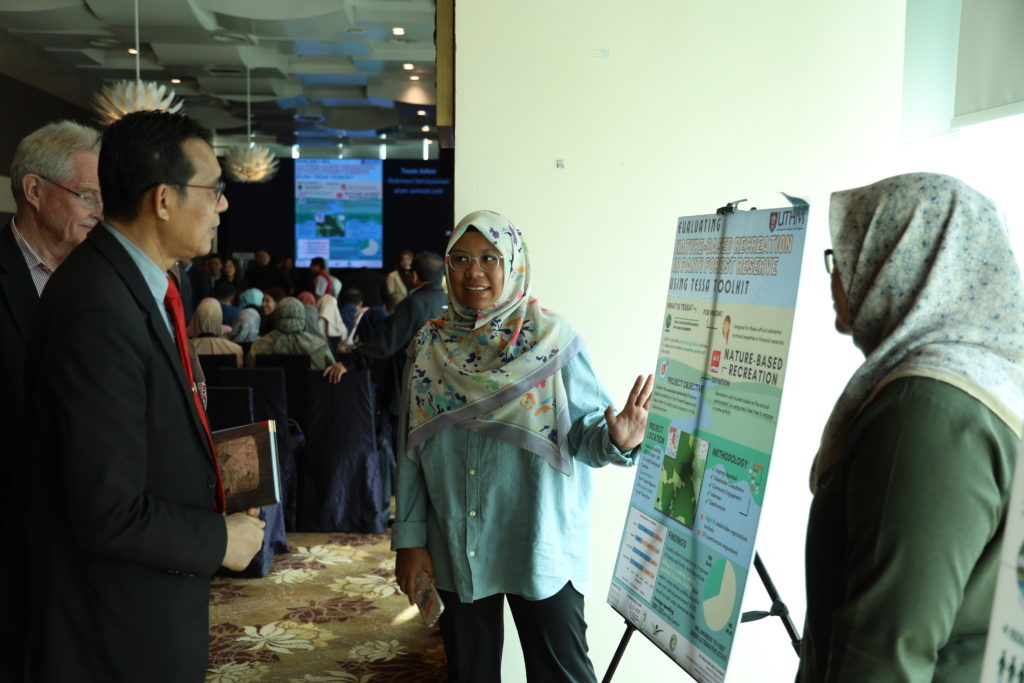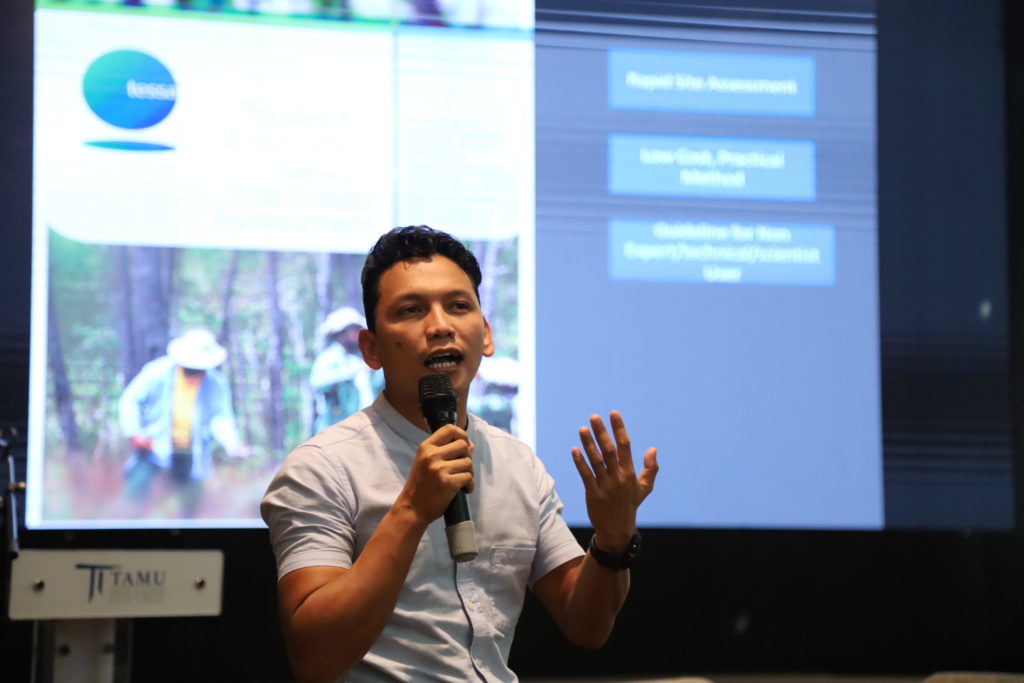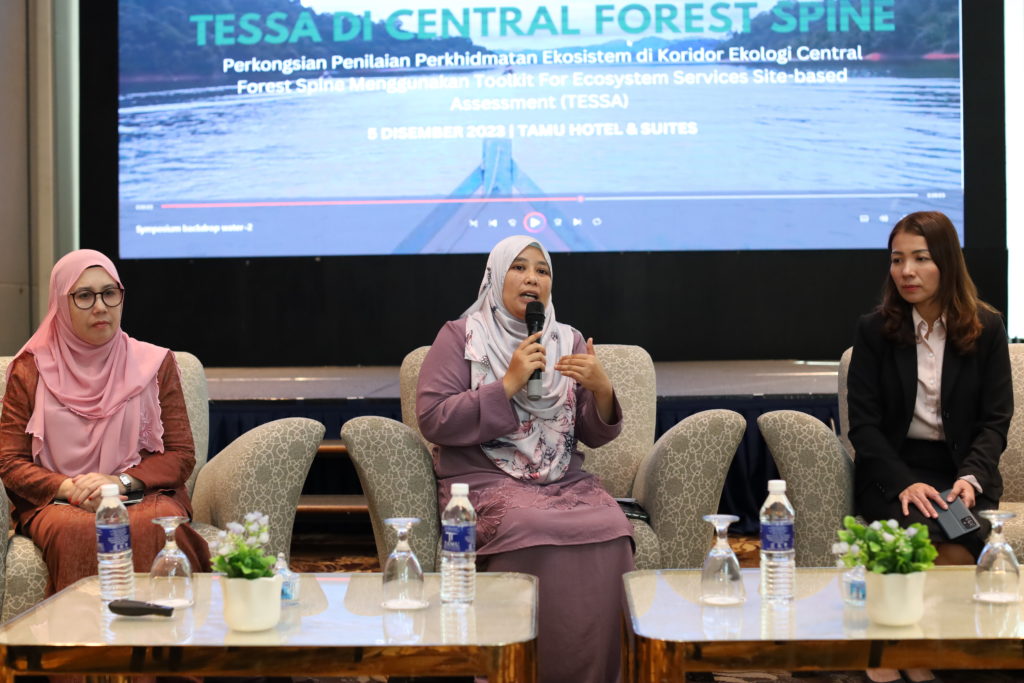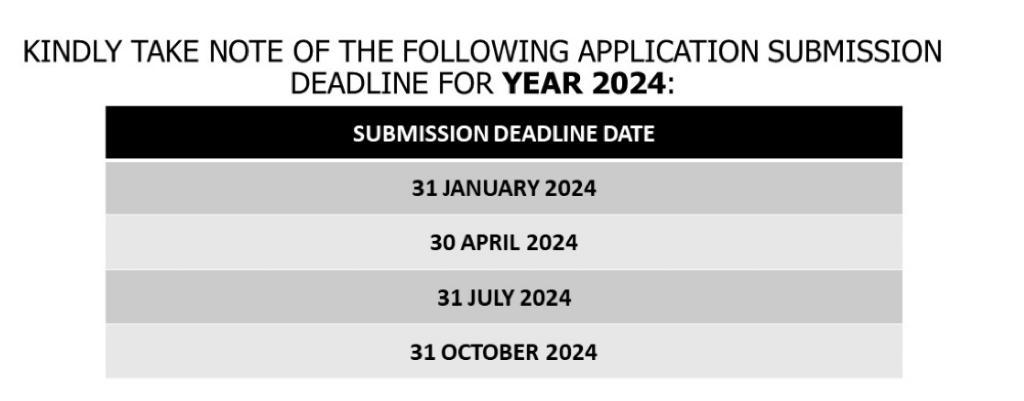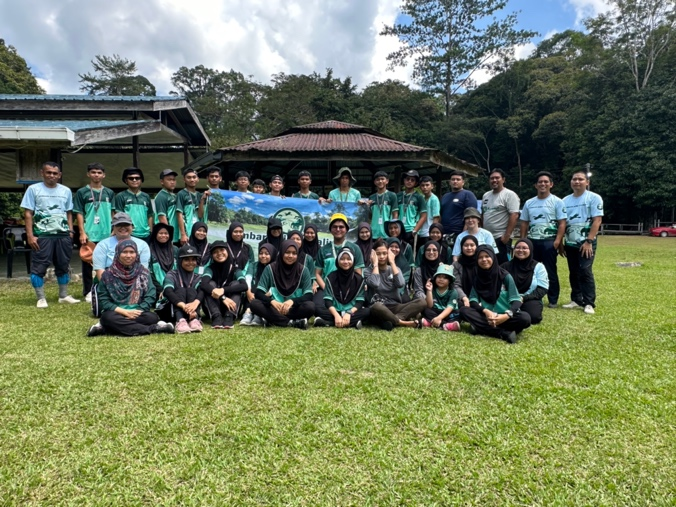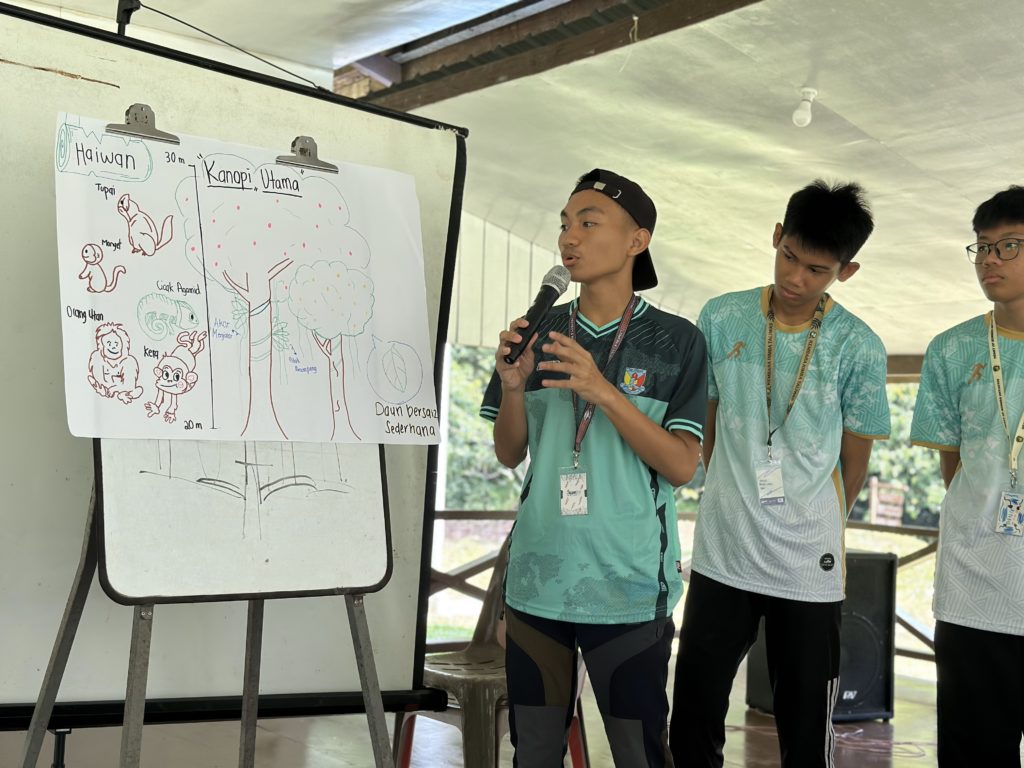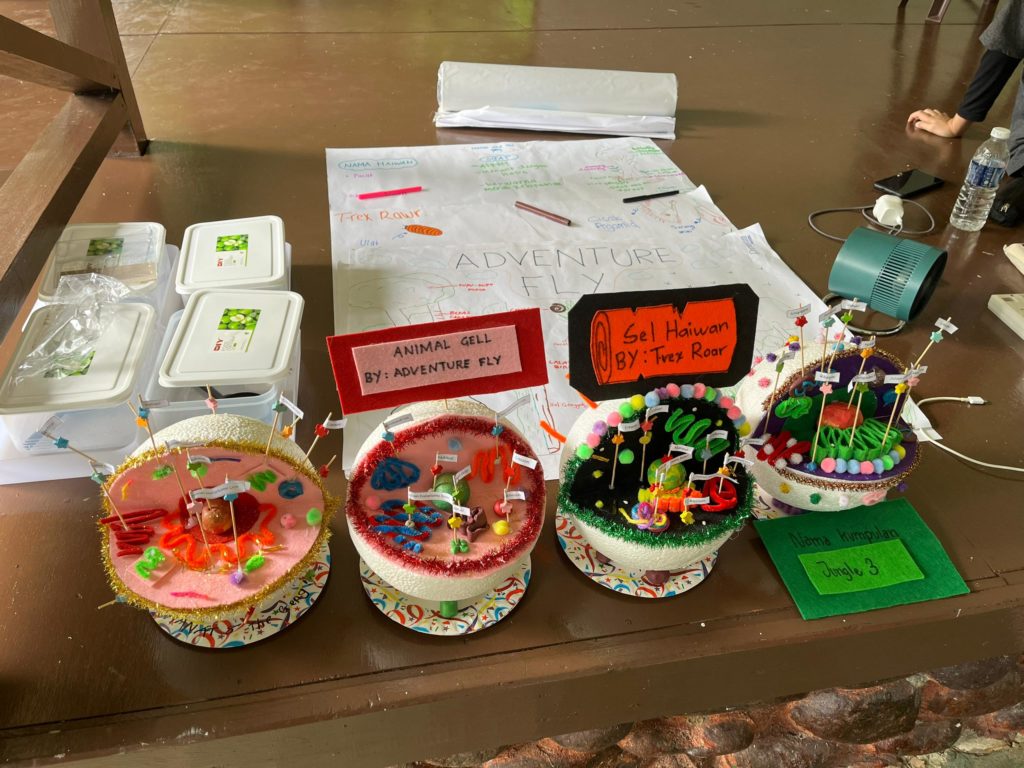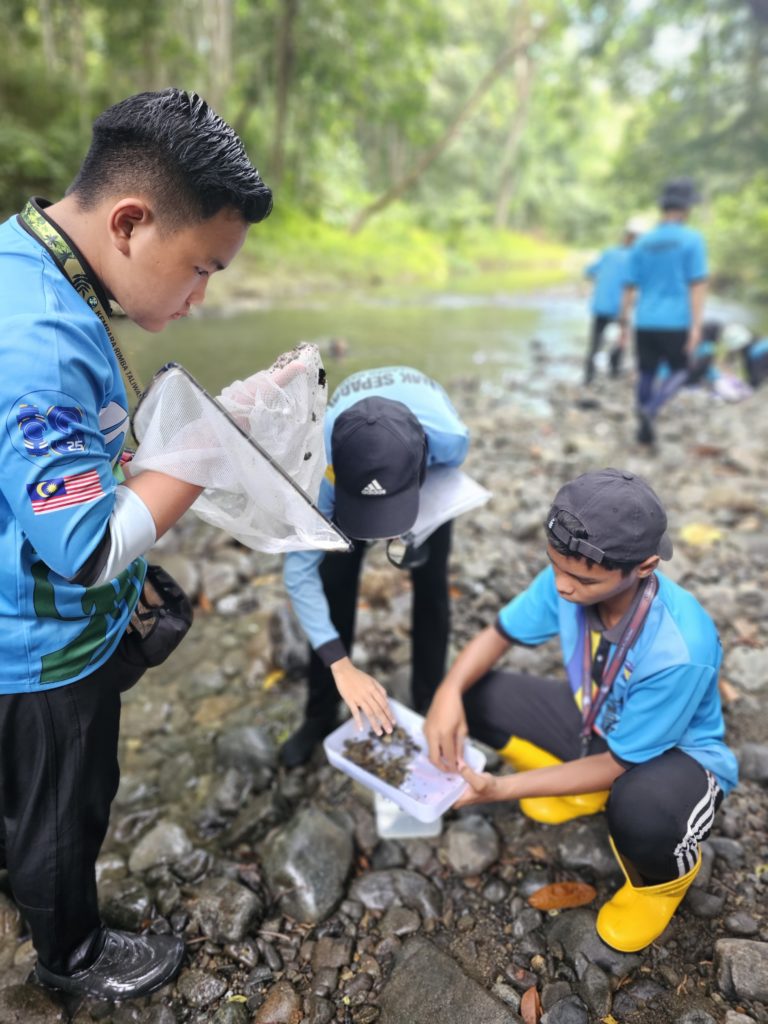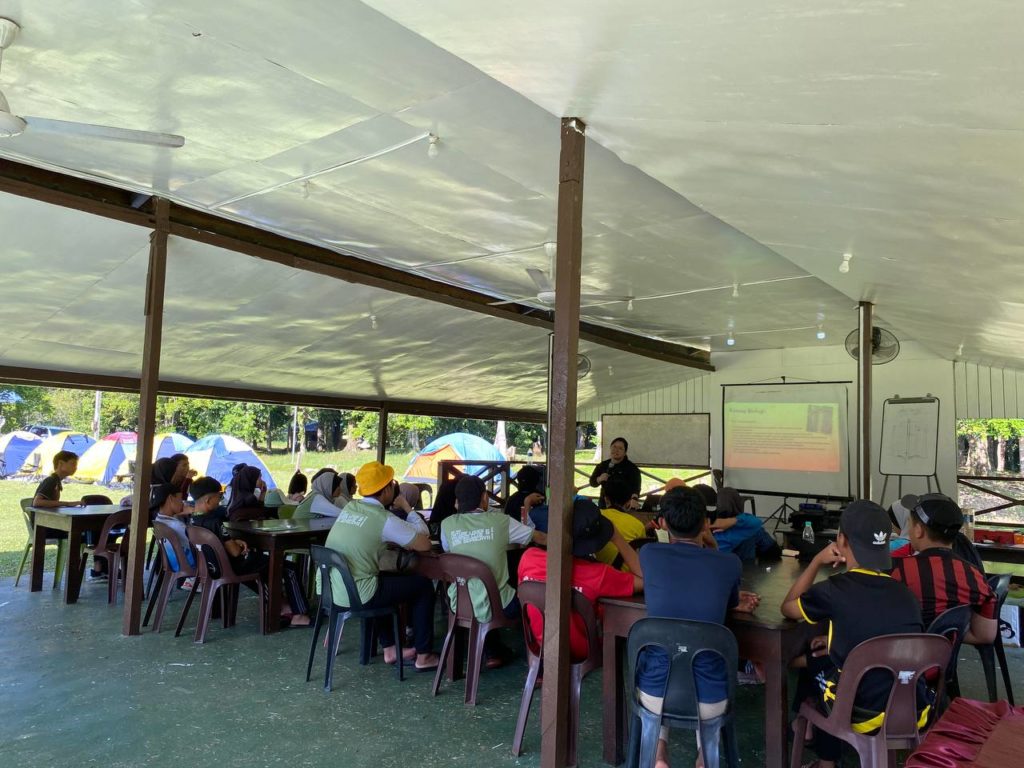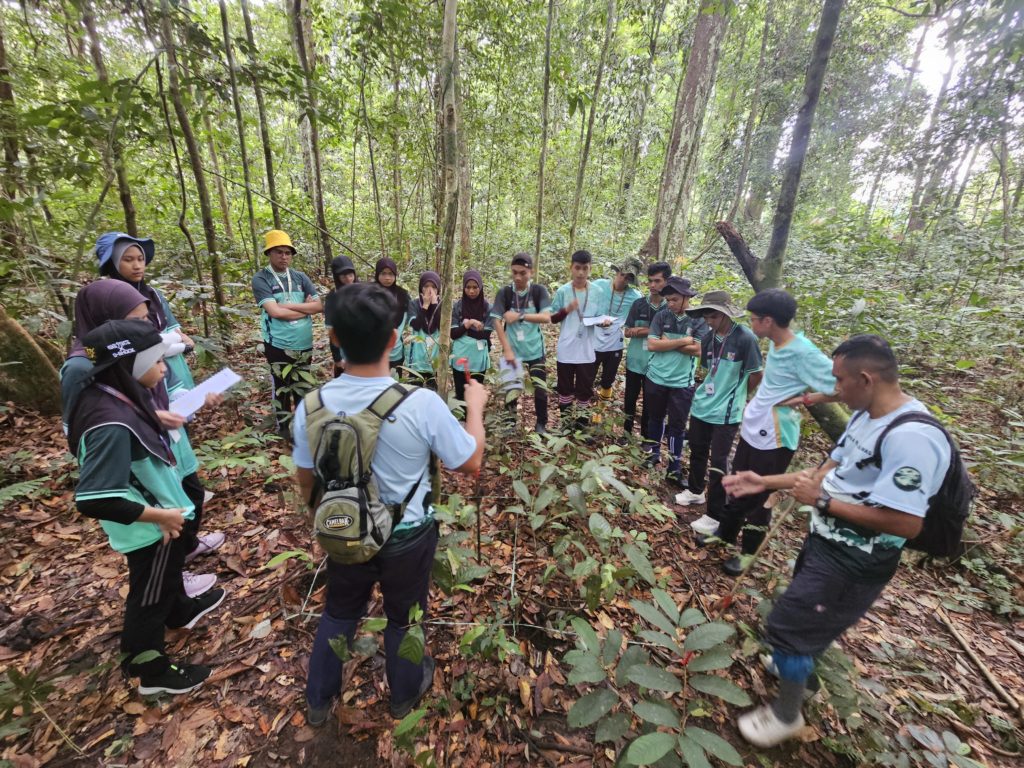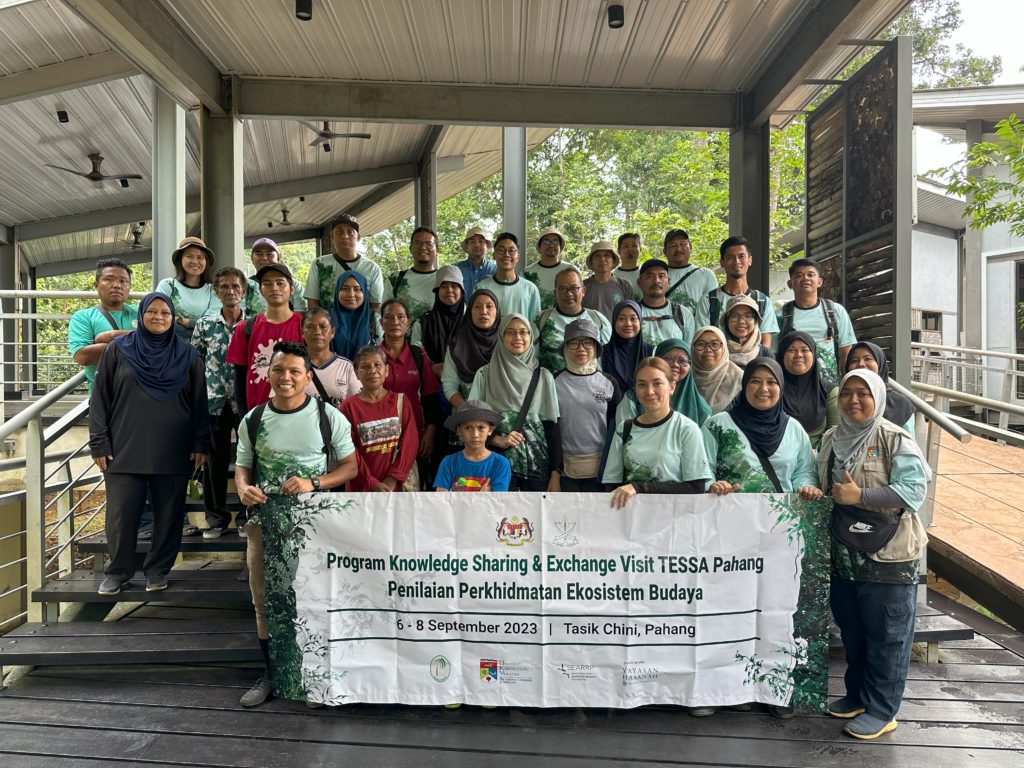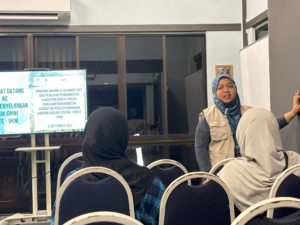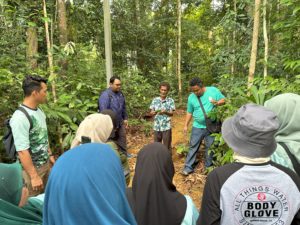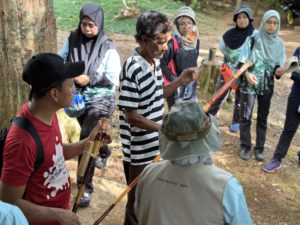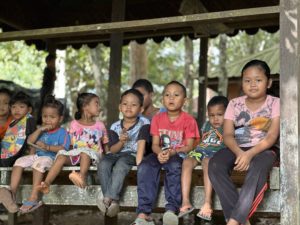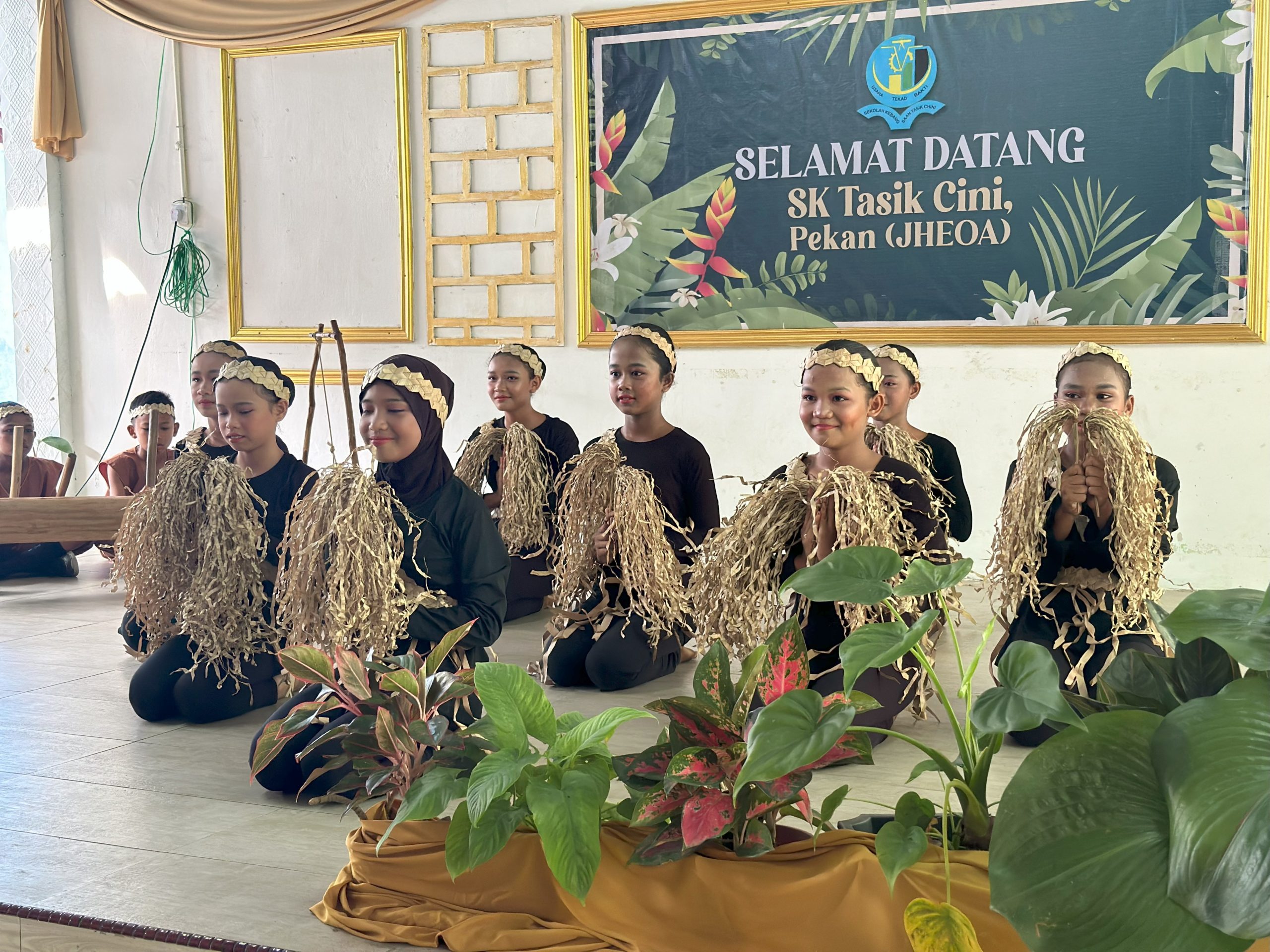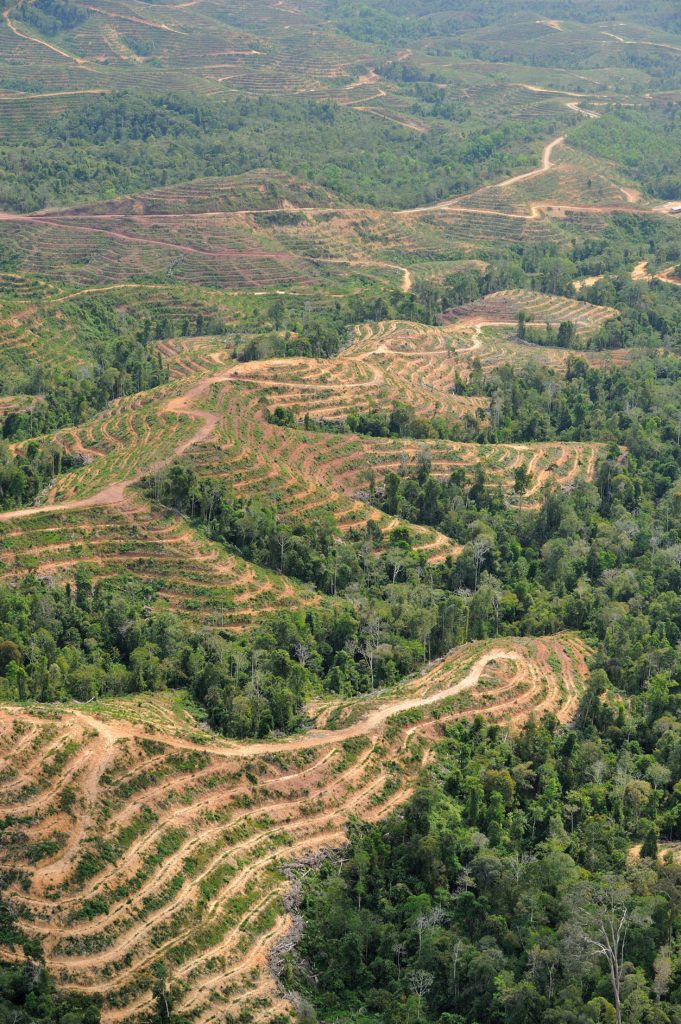The Kuamut Rainforest Conservation Project has had its first Monitoring Report verified, an achievement that demonstrates that it meets internationally recognised standards for its Climate, Community and Biodiversity progress.
This milestone enables the conservation initiative, which is protecting and restoring 83,381 ha of tropical rainforest in the Tongod and Kinabatangan district in the Malaysia state of Sabah, to generate its first tranche of Verified Carbon Units (VCU).
The project has been developed as a public private partnership between Sabah Forestry Department, Rakyat Berjaya Sdn. Bhd. of Yayasan Sabah, and Permian Malaysia, a subsidiary of Permian Global. Permian Global has provided the bulk of the investment for the project. The project has been carried out in a very transparent manner involving state authorities and local NGO involvement especially operational support from the South East Asia Rainforest Research Partnership (SEARRP) and community-focussed organisation, the PACOS Trust. The forest area, which was selectively logged in the past, has been protected from further logging or degradation and can now regenerate.
Dr Glen Reynolds, SEARRP Director, said: “it really is fantastic to see this project over the line and generating revenues to protect this crucial area of forest – which aside from having enormous conservation, climate mitigation and biodiversity value in its own right, plays a critical role in buffering the primary forests of Danum Valley. SEARRP is delighted to partner with Permian, the Sabah Foundation, Sabah Forestry Department and the PACOS Trust in the delivery of this ground-breaking, science led project. I would also like to thank the Rainforest Trust for providing a grant which co-funded, with Permian and SEARRP, the initial development of the project”.
The full press release can be accessed here.
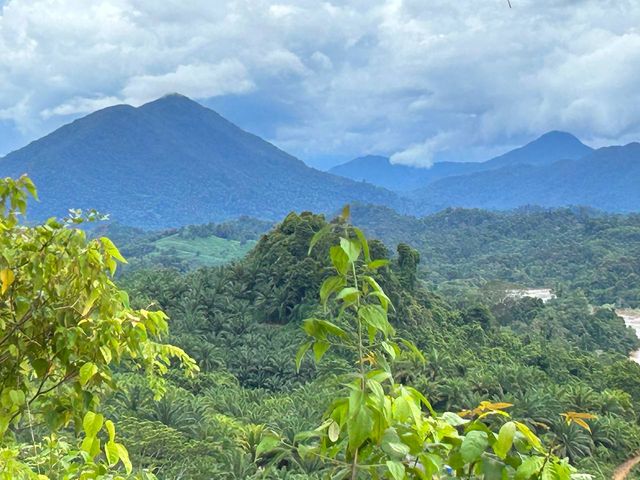
Kuamut Rainforest Conservation Project Area.
